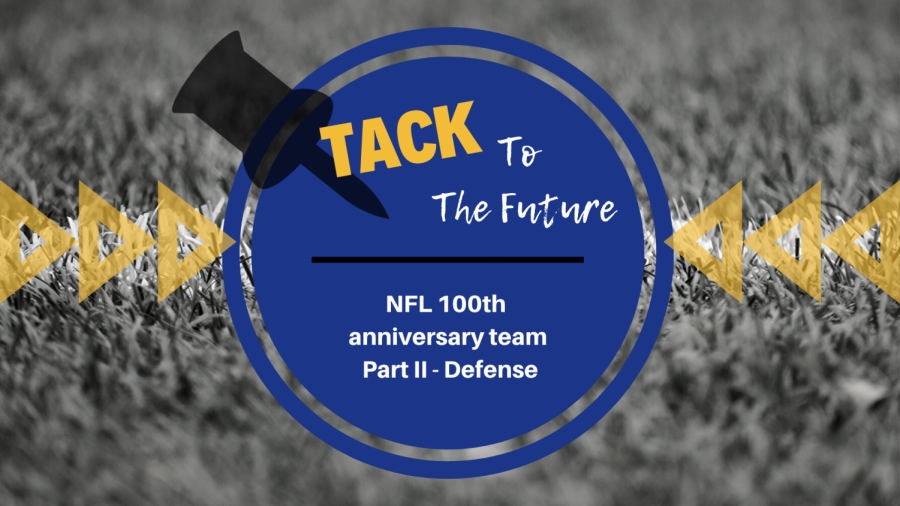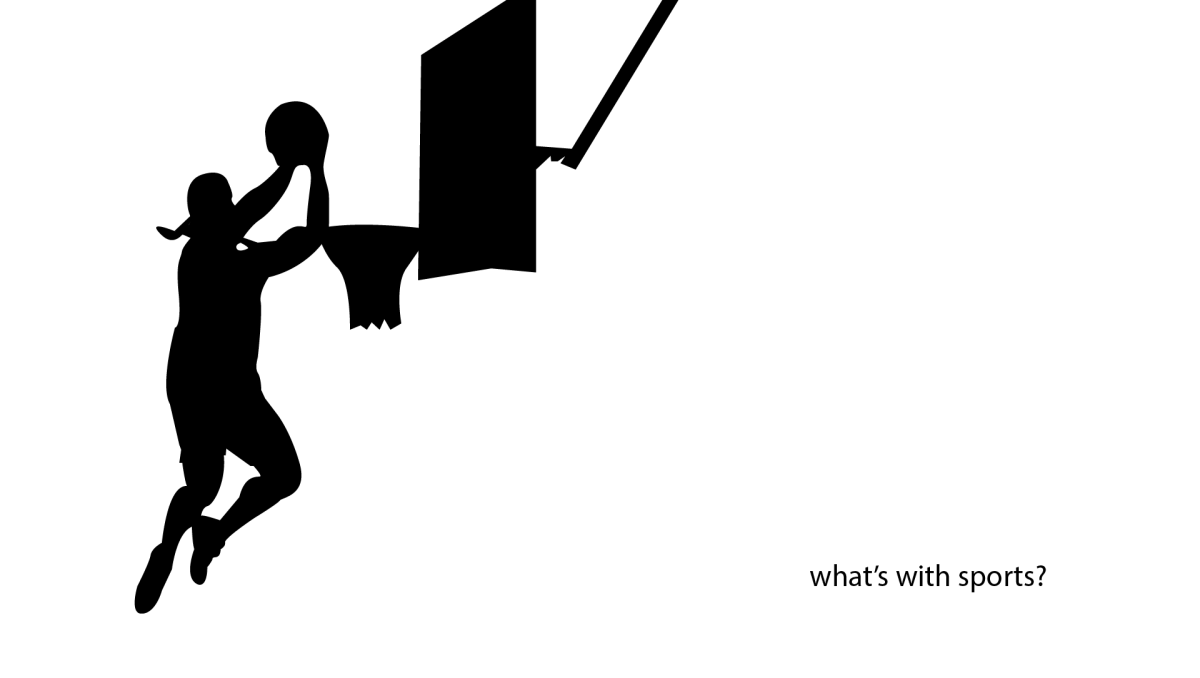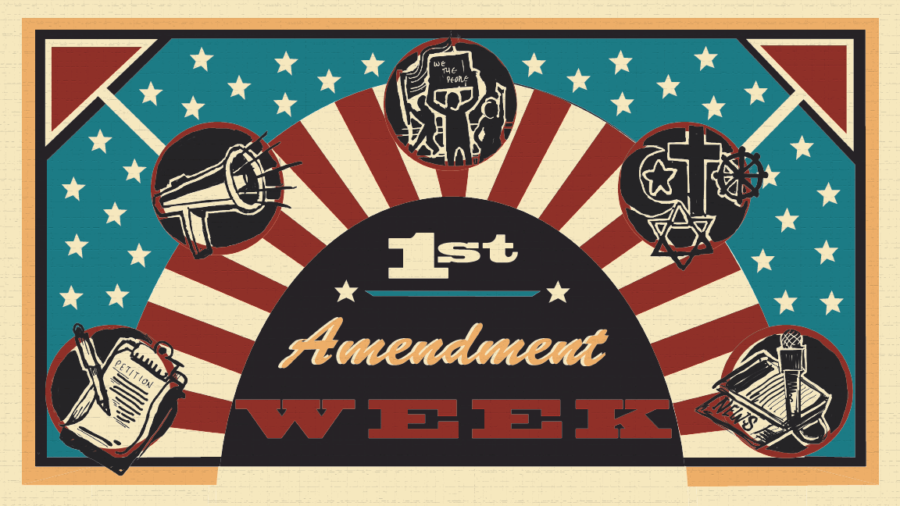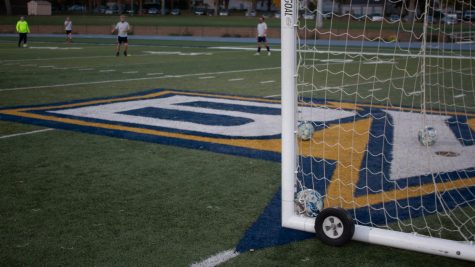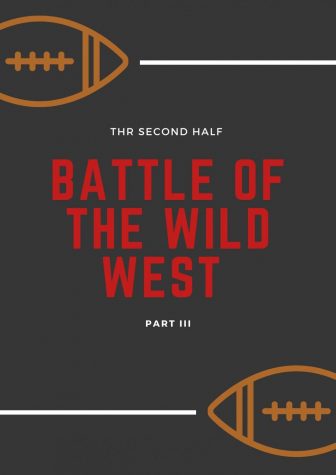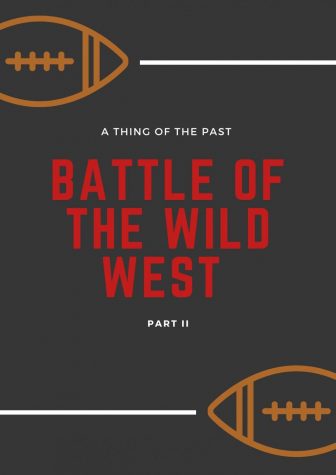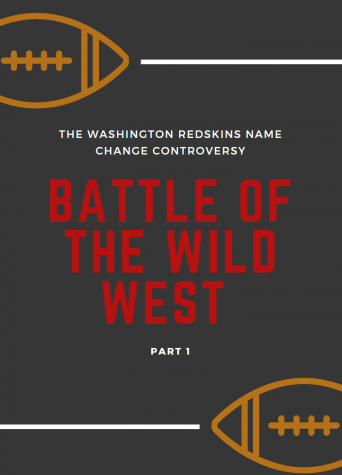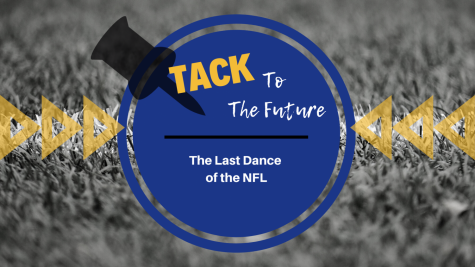NFL Top 100 all time team – Part II – Defense and specialists
February 27, 2020
If you read my last article you will know that last week I picked my head coach and starting eleven on offense based on the players and coaches that Bill Belichick and Cris Collinsworth selected towards the end of the 2019 regular season to mark the 100th anniversary of the league. Today I’m going to choose my starting eleven on defense in a 3-4 system plus my starting specialists. A 3-4 defense consists of: Two outside linebackers, Two defensive ends, One defensive tackle, Two middle linebackers, two corner backs, and two safeties.
The Front seven:
Outside Linebackers:
On the list: Chuck Bednarik, Bobby Bell, Derrick Brooks, Jack Ham, Ted Hendricks, Lawrence Taylor
My picks: Jack Ham (Pittsburgh Steelers 1971-82) and Lawrence Taylor (New York Giants 1981-93)
I spent a lot of time debating who the second–best outside linebacker of all time is. I narrowed it down to Jack Ham and Chuck Bednarik, both were the best at the position in their respected eras but in the end, I decided to go with the Hammer. Jack Ham may not have been remembered as well as other members of the Steel Curtain such as Joe Greene and Jack Lambert, but Ham was just as vital of a piece of that team’s success. Ham was the catalyst of a defense that is widely regarded as the best-ever. He was a first team all pro for six conse
cutive seasons from 1974-79, during those six years, the Steelers became the first team to win four Super Bowls. Ham was also named defensive player of the year in 1975, being valued even more than Greene and Lambert, Mel Blount. Ham’s fundamentally sound tackling and exceptional pass coverage earned him an enormous amount of respect amongst his peers. Steeler defensive coordinator Woody Widenhofer referred to Ham as “The best damn outside linebacker who ever played” and nobody disagreed.
Perhaps nobody disagreed with Widenhofers comment until another outside linebacker came along to sit on the iron (or steel if you will) throne. In 1981 a guy named Lawrence Taylor, more commonly known as L.T. came onto the scene. To me Taylor isn’t just the best outside linebacker of all time, or even the best defensive player of all time, I think he is the best overall football player the game has ever seen.
L.T. quickly earned the respect of his coaches and fellow players. In 1981 Taylor was named rookie of the year. In the same year Taylor earned a first team all pro selection (the first of nine he would earn in his career), and defensive player of the year. As a rookie! He only improved throughout his career. Taylor was a freakishly good athlete. His athleticism combined with his constant desire to punish whoever had their hands on the ball and whoever was standing in his way revolutionized the way the position was played. His longtime coach Bill Parcells commented on Taylor, saying “The traditional way of pass protecting, assigning a [running] back to the outside linebacker proved to be not applicable when he got into football because he was a mismatch on most backs, if not all.” Parcells also talked about L.T.’s signature performance when he proved that he only needed one arm to be the best player in the game. Taylor played with torn shoulder ligaments and a detached pectoral muscle on a Sunday night game in New Orleans in 1988. He was still demanding triple teams from the Saints offensive line. Taylor famously recorded a strip sack, coming from the left side of the ball and knocking the ball out with one arm. The Giants won the game 13-12. Defensive coordinator Bill Belichick (yes very same) described his performance as “the most courageous he’s ever seen.” When Belichick announced that Taylor was one of the linebackers to be added to the team he said “I think I had the honor of coaching the greatest defensive football player in the history of the game. He helped make me a great coach.”
Taylor recorded a total of 132.5 sacks during his time in New York and was a constant nuisance in the backfield chasing running backs down and tackling them behind the line of scrimmage. He played the position so well that he was named NFL MVP in 1986, an accomplishment no linebacker before or since has achieved. In the same year that he won the MVP award, Taylor and the Giants won their first of two Super Bowl titles in the L.T. and Bill Parcells era.
Middle Linebackers:
On the list: Dick Butkus, Jack Lambert, Willie Lanier, Ray Lewis, Joe Schmidt, and Junior Seau
My picks: Dick Butkus (Chicago Bears 1965-73) and Ray Lewis (Baltimore Ravens 1996-2013)
Dick Butkus set the standards for Middle Linebackers in his short but impactful career. Butkus was the most feared player in the league during his time in Chicago due to his relentless hard hitting, traditional approach to the game of football. He was the best there has ever been at avoiding blockers, getting to the ball carrier and putting them on the ground before they could have any impact. His tackling technique might drive modern day coaches insane. He players up top with so much force that they went to the ground. Butkus was also a master at creating turnovers. He forced a total of 47, including 25 fumble recoveries, a league record at the time, numbers that would be considerably higher if his career wasn’t cut short due to a knee injury. Ray Lewis said that Butkus “Played the game the way a linebacker is supposed to play the game” and “he’s the icon that every kid needs to research.”
If Ray Lewis grew up idolizing Butkus’s linebacker play, he certainly did a good job. If Butkus’s career didn’t end prematurely it is safe to assume that he would have had a career similar to Lewis. Lewis was one of, if not the most intimidating, hardest hitting middle linebacker of all time. Lewis maybe better known for his superb tackling and hard hits, and rightfully so, but he was also a great coverage player, recording 30 interceptions. He is in fact, the only player to ever record 30 interceptions, whilst also recording 40 sacks. Lewis was the heart and sole of the Ravens for all 17 of his outstanding years. The biggest achievement of his career was leading the Ravens defense to a world championship in 2000, earning Super Bowl MVP honors. The Ravens would not win the Super Bowl again until the final game of Lewis’s career, when they won Super Bowl XLVII.
Defensive ends:
On the list: Doug Atkins, Bill Hewitt, Decon Jones, Gino Marchetti, Lee Roy Selmon, Bruce Smith, and Reggie White.
My picks: Decon Jones (Los Angeles Rams 1961-71, San Diego Chargers 1972-73, Washington Redskins 1974) and Reggie White (Philadelphia Eagles 1985-92, Green Bay Packers 1993-98, Carolina Panthers 2000)
A lot of Decon Jones’s success as a pass rusher in the NFL came in thanks to a move that he perfected by studying the fighting skills of Cassius Clay (later known as Muhammed Ali). Jones realized that when Cassius Clay hit somebody on the side of their head, whether his punch was blocked or not, his opponent would blink, and shy away for a split second, giving Clay enough time to attack a stunned opponent. Jones invented a move known as the “head slap” which entailed hitting the offensive lineman on the side of his helmet, making the lineman blink and lose concentration for a split second. That was all Jones needed to get around him and sack (a term that he gave birth to) the quarterback. Jones was one of the first fast, mobile defensive linemen, which allowed him to be one of the first pure pass rushers. He changed the way the position was played forever more. Not bad for a former 14th round draft pick.
There were a lot of fast and mobile defensive ends that were also some of the strongest players on the field, that came after Decon Jones, but the best was Reggie White. White’s NFL career began two years late due to him playing in Donald J. Trump’s USFL, for the Memphis showboats. After the league folded the Eagles acquired the best player they have ever had. If offenses were to stand any chance of blocking White, they needed to double team him or he would take over the entire game and swing the momentum completely in his team’s favor. White played eight seasons in Philadelphia and recorded 124 sacks and earned a pro bowl trip in every season he was there, with the exception of his rookie year. In 1993 the Eagles foolishly let Reggie White walk and he was scooped up by Mike Holmgren in Green Bay. White was a huge part of bringing the Packers back to glory for the first time since Vince Lombardi hung up his hat for the last time. In 1996 elevated the Packers defense to a championship level, and they beat New England in Super Bowl XXXI. In the game White recorded a Super Bowl record of three sacks on Drew Bledsoe and hoisted the Lombardi trophy high in the air after the game. White finished his career with 198 sacks, which is the second most of all time to Bruce Smith’s 200.
Defensive Tackles:
On the list: Junious “Buck” Burchanan, Joe Greene, Bob Lilly, Randy White, Merlin Olsen, Alan Page, and John Randle.
My pick: Joe Greene (Pittsburgh Steelers 1969-81)
“Mean” Joe Greene was the best player on the best defensive unit in the history of the game. When Chuck Noll drafted Greene from North Texas state (now University of North Texas), a relatively small school, many critics questioned Noll and declared Greene a wasted pick before they ever saw him play. I am certain they changed their minds once they saw how great he was. From the first season of his career until the day he retired Greene was the most important player in the franchise’s history. Before Greene the Steelers were nothing, with Greene, as the catalyst of the Steel curtain, the Steelers were the greatest dynasty the league had ever seen. Greene certainly lived up to his nick name of “Mean Joe” as he bullied the opposition every Sunday, throwing quarterbacks and running backs around like rag dolls and treating offensive linemen as stationary obstacles; with a little help from Decon Jone’s head slap technique, which Greene admits was one of the most important weapons in his Arsenal. More important to the teams success than any of his hand movements was the invention of his “Stunt 4-3” stance. The “Stunt 4-3” was an alignment. Rather than line up head on with the center as a Defensive tackle traditionally would, Greene lined up between the center and the guard, forcing a double team, and opening up holes for fellow hall of famers L.C. Greenwood and Dwight White and making it easier for the likes of Jack Lambert and Jack Ham to do their jobs.
The secondary:
Corner Backs:
On the list: Mel Blount, Mike Haynes, Dick “Night Train” Lane, Willie Brown, Darrell Green, Deion Sanders, and Rod Woodson
My picks: Dick “Night Train” Lane (Los Angeles Rams 1952-53, Chicago Cardinals 1954-59, and Detroit Lions 1960-65) and Deion Sanders (Atlanta Falcons 1989-93, San Francisco 49ers 1994, Dallas Cowboys 1995-99, Washington Redskins 2000, Baltimore Ravens 2004-05)
Dick Lane, better known by his nickname Night Train Lane, was a different kind of corner back to the one’s you see today. Night Train was one of the most physical players in the history of the game, he was even more physical than Butkus. His most memorable tackles in today’s game would be immediate ejections. Lane is famous for saying “There has never been a good tackle below the eyebrows.” Aside from perfecting tackling players in ways that would almost certainly give them a severe concussion, he also perfected tackling with the players facemask, of course that was made illegal. Once the facemask tackle was made illegal, Lane invented the “Close line” tackle, which involves charging at the ball carrier and leading with his forearm to the players head. Lane said, “If I could hit somebody so hard that it broke my arm, that would be a great play.”
Night Train had also had a talent for intercepting passes. In his rookie season Lane set the single season record for passes intercepted, a record which still stands 68 years later. He was able to trick quarterbacks into thinking his man was open to make them throw the ball his way and then using his incredible athleticism to close the gap and intercept the ball. Lane was also the first player to use bump and run coverage, using his incredible size and strength to bully opposing receivers.
While Lane thoroughly enjoyed knocking seven bells out of his opponents, Deion Sanders did not. Sanders was a very different type of player to Lane but would have made a perfect complement if they played alongside each-other. Sanders wasn’t a hitter, but he may have been the best athlete in the history of football. His athleticism combined with his knowledge of the game and his opponent made him the best cover corner there has ever been. He would go up against the likes of Jerry Rice and Michael Irvin and give them the toughest battle they have ever had. Irvin described Sanders as “Somebody who would make you play chess with him. [As a receiver] my job is to be in a certain spot at a certain time, so I didn’t have time to play chess with him, but he made you do that.” Sanders’s ability to make receivers play chess with him allowed him to record 53 career interceptions.
Sanders was the missing piece of the 49ers Super Bowl team in 1994, helping them finally beat the Cowboys in the championship game. The following season he went to Dallas and played the best football of his career, helping the Cowboys claim their third title in four years.
Safeties:
On the list: Ronnie Lott, Jack Christiansen, Ken Houston, Ed Reed, Emlen Tunnell, and Larry Wilson
My Picks: Ronnie Lott (San Francisco 49ers 1981-90 / 1995, Los Angeles Raiders 1991-92, New York Jets 1993-94) and Ed Reed (Baltimore Ravens 2002-12, Houston Texans 2013, New York Jets 2013)
In 1981 Bill Walsh decided he needed a lot of secondary help if his team were to compete for a title. He got exactly what he needed when he drafted Ronnie Lott with the eighth overall pick. Lott played every position in the secondary: corner back, Free, and Strong safety. His toughness and competitiveness was second to none. He would hit anybody that came across the field with all of his might and strength and put fear into receivers, eyes. His ball skills were also impeccable, he could track down passes from all over the field and break them up or intercept them. Lott’s safety play was a big part of the success of the 49ers dynasty in the 1980’s, winning four Super Bowls in the decade.
If you’re ever lucky enough to meet Ronnie Lott, you may notice that he is missing his pinkie finger. Well there’s a story behind that and it either proves he was the toughest player there’s ever been or that he was insane. Probably both. Lott broke his left pinky in the final game of the 1985 regular season making a tackle on Timmy Newsome. With the 49ers heading to the playoffs the doctors told him that his finger would take eight weeks to heal and the only way he could play was if he had it amputated. So, he had it amputated. Obviously, Lott didn’t need his pinky finger as he was a first team all pro in five of the next six seasons. In his career Lott had 1,146 tackles and 63 interceptions. In 2000 he was inducted into the hall of fame, mostly for his success after he had his finger amputated.
The passion for the game that Ronnie Lott had influenced the generation of safeties that came after him. In the 2000’s the best of the bunch was Baltimore Ravens safety Ed Reed. Reed was a hard-hitting safety and had a knack for intercepting the ball. Reed intercepted 64 passes in his time and scored nine touchdowns. Another impressive stat is that Reed had 1,509 interception return yards, the longest of which was a 107-yard interception return. Both of which are records. During his time in Baltimore quarterbacks hated playing against him because he was able to manipulate them into thinking somebody was open, and it would end up being an interception. His eye for little details when watching film put him in a position to do so. An example he discussed was in a game against the Colts when Peyton Manning was the quarterback. Reed noticed that in a particular formation he would pump fake the ball to one side and throw it to the other, so Reed made Manning believe that Reed had bit on a fake and that he had Reggie Wayne wide open for a touchdown but before he released the ball he was already heading towards where the ball would be and he made the interception. Reed maybe the best ball hawking safety there has ever been.
Specialists:
Kickers:
On the list: Adam Vinatieri and Jen Stenerud
My pick: Adam Vinatieri (New England Patriots 1996-2005, Indianapolis Colts 2006-present)
Adam Vinatieri is the most clutch kicker in NFL history. He is also the NFL’s all–time leading scorer with 2,673, has made more field goals than any other kicker in league history with 599, and holds the record for most consecutive field goals made with 44. Vinatieri made three game winning field goals securing the first three Super Bowl titles for the Patriots and for that reason is a key part of their legacy.
Punters:
On the list: Ray Guy and Shane Lechler
My pick: Ray Guy (Oakland / Los Angeles Raiders 1973-86)
Ray Guy was a punter that Al Davis drafted in the first round of the 1973 draft. You might think that was a stupid move, but the guy turned out to be a Hall of Famer. Guy had 1,049 punts (Only three of which were blocked) for 44,493 yards averaging 42.4 yards per punt. Evidently, Guy could punt the ball a great distance consistently, which is all you can ask for in a punter.
Returners:
On the list: Devin Hester and Billy Johnson
My pick: Billy “White Shoes” Johnson (Houston Oilers 1974-80, Atlanta Falcons 1982-87, Washington Redskins 1988)
Deion Sanders ended up becoming a phenomenal return specialist during his career and he could have easily been listed on here as a kick / punt returner but the man who inspired him to play that position was Billy “White Shoes” Johnson, or “Shoes” as a lot of people knew him. Shoes recorded 3,317 punt return yards and 2,941 kick return yards in his career. When he retuned a kick or a punt he was electrifying. Kickers and Punters were scared to kick it his way. Johnson was known for his touchdown dances in the endzone after he scored, scoring eight in total. The dances inspired a lot of show-boat like celebrations which are still seen today in the NFL.
That’s all for the two-part series of the Top 100 team. I hope you enjoyed reading and I hope you may have learned something about the history of the NFL.



